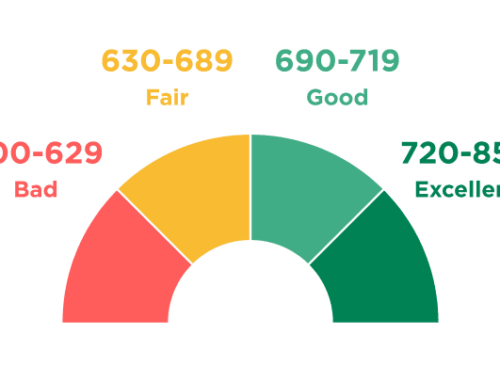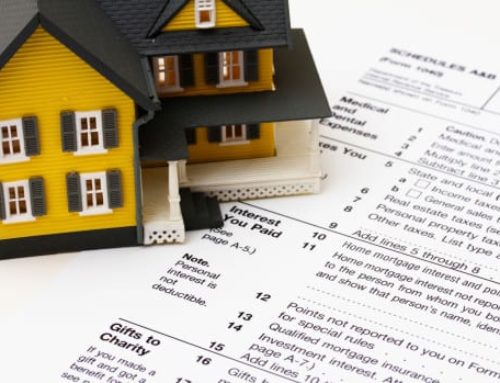When you start shopping around for a mortgage, you might see or hear the acronym LTV, which stands for loan-to-value, and is essentially the ratio between the value of the property being purchased, and the amount of the loan being used to purchase it. Knowing the basics of LTV is valuable because it can help you establish the right mortgage for you.
Loan-to-Value Ratio (LTV)
Typically expressed in percentage, LTV is comparing the value of your mortgage to the value of the property you’re buying. LTV is important to lenders because it helps them approximate their level of risk for a particular home purchase. Specific LTV ratios are also used as a requirement for mortgage approval; many loans allow a high LTV, but it’s generally better if you have a lower LTV.
LTV can be calculated by dividing the mortgage amount by the property value, and then multiplying that number by 100 to put it into percentage form. As an example, if you were to purchase a $200,000 home, and you had a 10% down payment of $20,000, then your total loan amount is $180,000 which would give you a 90% LTV. However, if that home you are purchasing for $200,000 is actually worth $215,000, but you still put 10% down, your LTV would be 83.7%.
Optimal LTV
A lower LTV ratio typically increases your approval chances and also generally qualifies you for lower interest rates. Having an LTV of less than 80% will give you the widest selection of mortgages, as well as allow you to bypass having to pay private mortgage insurance.
Mortgage lenders assume more risk on higher LTV ratio loans because homeowners are more likely to continue making their monthly mortgage payments if they have a fair amount of their own money tied up in the house; also, if the home loses value, the lender may end up with an asset that is worth less than what is owed on it.
Common LTV Requirements
There are many differing requirements for LTV ratios, depending on the mortgage type and the lender, but there are some standard guidelines for the most common types of mortgage loans. For example, jumbo loans are among the riskiest mortgage types for the lender, so jumbo loans have somewhat stringent LTV restrictions, requiring an LTV lower than 85%, and lower than 70% in many cases. Meanwhile, a standard conventional loan can have an LTV of up to 97%.
There are LTV guidelines for government-backed mortgages as well, such as FHA loans, which are permitted to have an LTV as high as 96.5%. VA loans and USDA loans, however, are both mortgages that don’t require any down payment, and both mortgage types will lend 100% LTV, which is the full property value.
Reducing LTV
If your mortgage qualification progress is being impeded because your LTV ratio is just too high, there are a few things you could consider to reduce your LTV and improve your mortgage approval chances:
1. Increase your down payment amount
A bigger down payment is the simplest way to reduce an LTV ratio that is too high, because more down payment funds means less money that you are actually borrowing from the lender.
2. Consider other homes
Sometimes coming up with a larger down payment to lower your LTV just isn’t possible, so you may want consider a home that costs less, so that your down payment will be a larger percentage of the home’s value, thus reducing your LTV. Alternatively, sometimes you can purchase a home for less than its asking price due to extenuating circumstances on behalf of the seller, and a lower purchase price point for the home could also lend some improvement to your LTV.
3. Review other types of mortgages
If you’re unable to reduce your LTV with a bigger down payment amount or a reduced purchase price, ask your lender if there are other mortgages available that will allow the LTV you’re faced with. There are so many different types of mortgages, it’s quite possible that you just haven’t considered all your options.
4. Make changes to your borrower profile
It’s possible that some minor ding in your credibility as a borrower is causing lenders to have stricter requirements for your LTV. Ask your lender if making some minor adjustments to your financial situation, whether it’s adding a co-borrower onto your mortgage, improving your credit score, or decreasing your debt-to-income ratio, would change your mortgage possibilities, and if so, would those possibilities allow the LTV that you’re trying to get.
The key is choosing a mortgage lender who works hard to find the perfect loan for you. Apply today so our experts can get started!










